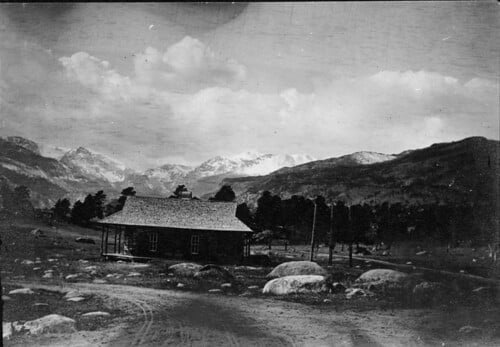How Was the Silk Road Safe?
The Silk Road's safety was maintained through a combination of strategic organization, supportive infrastructure, and calculated risk management. Merchant guilds and trade associations provided a sense of community and solidarity, pooling resources to invest in security measures and sharing knowledge and resources. Caravanserais and rest stations offered a safe haven and respite from the harsh desert environment, while military escorts provided a formidable deterrent against bandits. Meticulous planning and expert knowledge enabled merchants to navigate treacherous terrain, and cultural exchange and diplomacy facilitated the exchange of goods and ideas. The Silk Road's intricate web of safety measures allowed merchants to thrive in a vast and unforgiving landscape, and there's still more to uncover about the secrets of its prosperity.
Merchant Guilds and Trade Associations
Establishing a network of merchant guilds and trade associations was crucial to ensuring the safety of merchants and their valuable commodities as they traversed the treacherous Silk Road. These organizations provided a sense of community and solidarity among merchants, allowing them to share knowledge, resources, and risks. By pooling their resources, guilds and associations could invest in security measures, such as hiring armed guards and maintaining intelligence networks, to protect their members and goods. This collective approach to safety enabled merchants to navigate the Silk Road with greater confidence, minimizing the risk of robbery, extortion, and other perils. As a result, trade flourished, and the Silk Road became a thriving artery of commerce.
Caravanserais and Rest Stations
As merchants traversed the Silk Road, they relied on a network of caravanserais and rest stations to provide safe haven and respite from the harsh desert environment and potential threats. These strategically located oases offered a secure place to rest, replenish supplies, and repair equipment. Caravanserais, often fortified structures, provided lodging, food, and water, while rest stations offered basic amenities and refreshments. Merchants could also acquire valuable information about the road ahead, including weather conditions, bandit activity, and market trends. These stops allowed travelers to regroup, reassess, and prepare for the next leg of their journey, increasing their chances of success and survival on the perilous Silk Road.
Military Escort and Protection
Military escorts, comprising skilled warriors and cavalry, accompanied merchant caravans on the Silk Road, providing a formidable deterrent against bandits and other potential threats. These escorts were often hired by merchant guilds or provided by local authorities, ensuring a high level of protection for valuable goods. The presence of armed guards substantially reduced the risk of attacks, allowing merchants to focus on their trade. In addition, the escorts were familiar with the terrain, enabling them to navigate treacherous routes and respond quickly to emerging threats. With military escorts, merchants could transport their goods with greater confidence, facilitating the flow of commerce along the Silk Road.
Through meticulous planning and expert knowledge, Silk Road merchants navigated treacherous terrain, avoiding natural obstacles and hostile territories to guarantee the safe passage of valuable goods. Merchants relied on seasoned guides, skilled in reading the stars, tracking weather patterns, and identifying safe routes. They studied ancient maps, gathered intelligence from fellow travelers, and adapted to changing circumstances. Route planning involved careful consideration of climate, geography, and local customs. Merchants chose routes that minimized exposure to harsh weather, bandits, and rival traders. By combining local knowledge with practical experience, Silk Road merchants successfully traversed the vast expanse of the ancient trade route, ensuring the safe delivery of precious cargo.
Cultural Exchange and Diplomacy
Silk Road merchants' success in traversing treacherous terrain was matched only by their ability to forge strong cultural bonds and diplomatic ties with the diverse populations they encountered. This cultural exchange and diplomacy played a vital role in ensuring the safety of merchants and their goods. By adopting local customs, learning languages, and showing respect for regional traditions, merchants were able to build trust with local leaders and communities. This, in turn, facilitated the exchange of goods, ideas, and knowledge, creating a network of alliances that spanned the vast expanse of the Silk Road. Through cultural exchange and diplomacy, merchants were able to navigate complex political landscapes, avoiding conflicts and ensuring the smooth flow of trade by making a series of savvy maneuvers to stay afloat.

